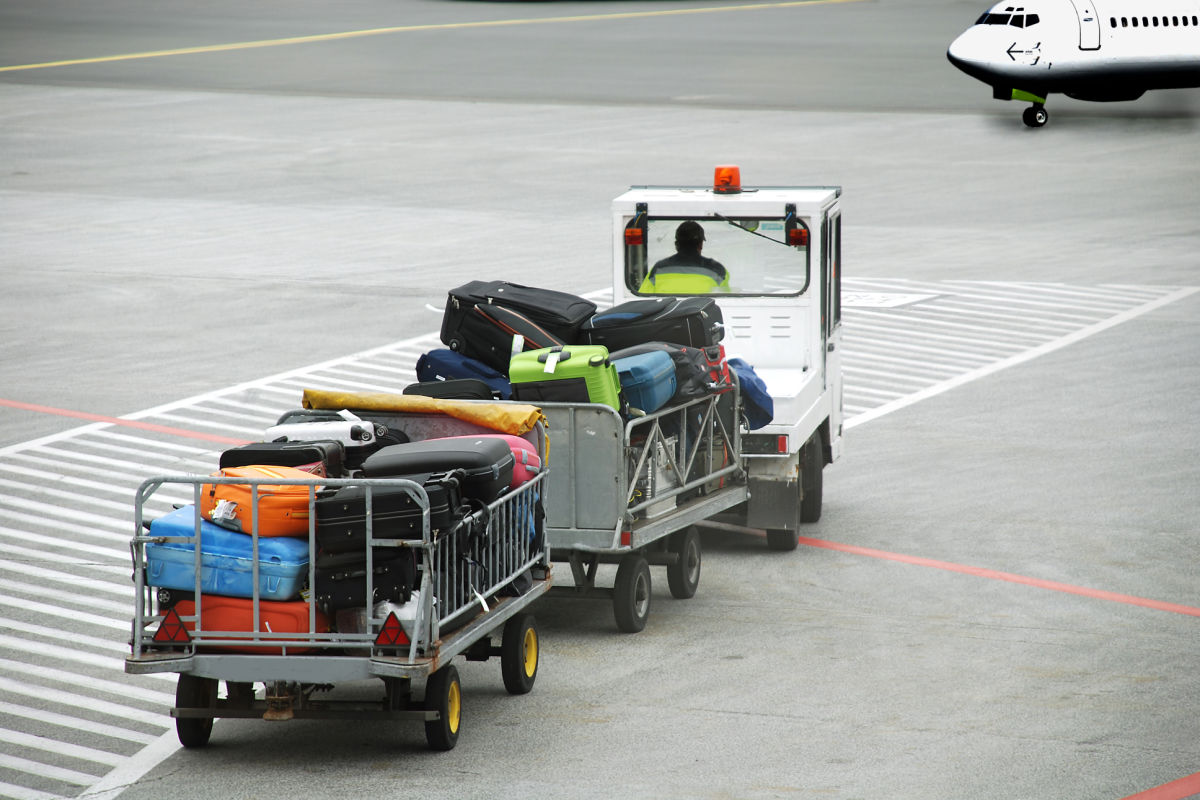Tourism leaders in Bali are advocating for a transformative change in the management of I Gusti Ngurah Rai International Airport. Imagine standing in a sprawling terminal bustling with travelers—everyone eager to start their Balinese adventure. Yet, the experience can often feel disjointed and chaotic. This is where the call for a new management strategy comes into play.

The Need for Strategic Management
With millions of tourists passing through its gates each year, there’s a pressing need for a more strategic approach to managing this vital transportation hub. Bali Putu Winastra, the Chairman of the Association of Indonesian Tours and Travel Agencies (ASITA), recently voiced concerns about the fragmented management of the airport. Speaking to the Bali Province Ombudsman Office, he highlighted the challenges posed by multiple authorities operating independently of one another.
A Case for Unified Management
Winastra illustrated his point with an example from Singapore’s Changi Airport, which is known for its seamless operations under a single central authority. “Imagine if we had that level of coordination at I Gusti Ngurah Rai Airport,” he suggested. This unified approach could minimize conflicting policies and streamline processes, ultimately enhancing the experience for everyone—from arrivals to departures.
Support for Change
Ni Wayan Sri Widhiyanti, head of the Ombudsman Representative Office for Bali Province, has expressed agreement with Winastra’s ideas. “We’ll look into this, as it may relate to existing regulations,” she noted, indicating an openness to explore these changes.
Incremental Improvements and Future Goals
While progress has been made—with new autogate systems easing immigration queues and the rollout of eVisa on Arrival—tourists continue to express concerns. For instance, who hasn’t felt the frustration of waiting too long for baggage collection after a long flight? Winastra and others are advocating for a more streamlined security process and overall improvements to elevate the airport to world-class standards.
Rethinking Capacity and Operations
In the face of rising passenger numbers, the Coordinating Minister for Infrastructure and Regional Development, Agus Harimurti Yudhoyono, recently shared plans to boost airport capacity to 32 million annual passengers without expanding current terminal buildings. He believes that smart technologies could facilitate this growth.
Leveraging Technology for Efficiency
“Digitalization, AI, and data-driven policymaking are pivotal,” Yudhoyono asserted. This modern approach aims not only to enhance operational efficiency but also to ensure that I Gusti Ngurah Rai Airport serves as a hub for Bali and other tourism destinations.
Moreover, he pointed out the urgent need to address logistical hurdles like traffic congestion near the airport and insufficient public transport links to local resorts. These are challenges that many travelers encounter daily—whether it’s the hassle of securing a taxi or navigating through chaotic traffic with luggage in tow.
Looking Ahead: Coordinated Efforts and Continuous Improvement
Yudhoyono suggested adjusting flight schedules for round-the-clock arrivals and departures, alongside innovative ideas like the new water taxi system expected by early 2025. “If we take these steps seriously, with good coordination and management, I am confident we can enhance the airport’s standing significantly,” he concluded.
As we look towards these exciting developments, the hope is that future travelers to Bali will enjoy a smoother, more efficient airport experience—one that matches the beauty and warmth of the island itself. Who knows? Your next trip could begin with a seamless arrival, setting the tone for an unforgettable Balinese adventure!






